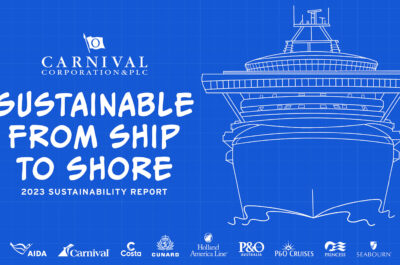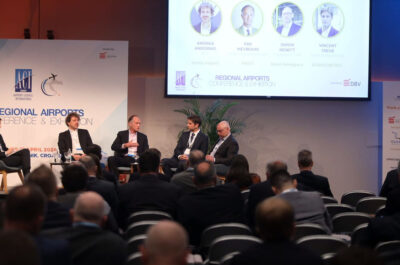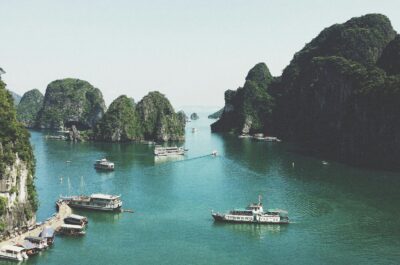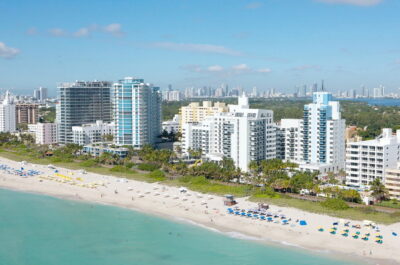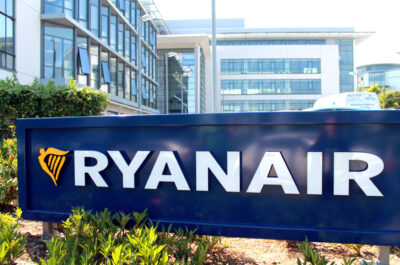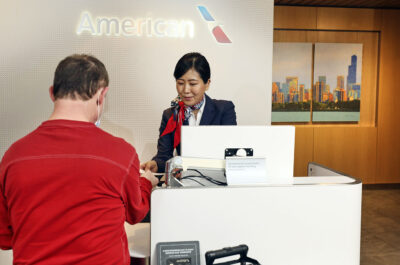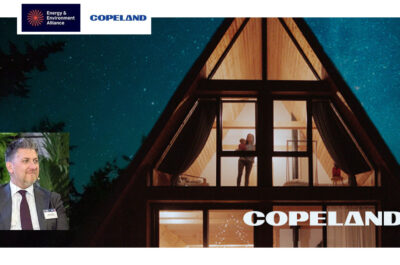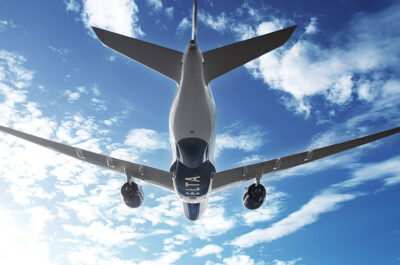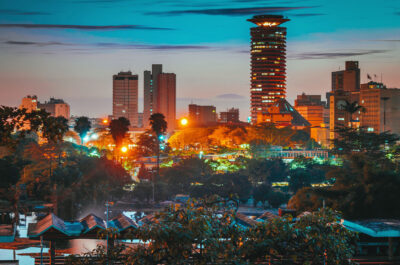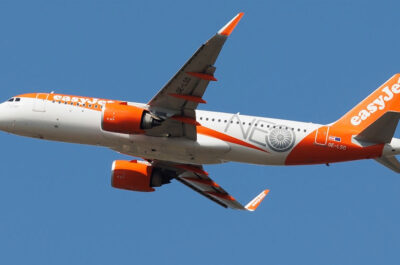Globally, the sports tourism market is a fast-growing sector of the travel industry and equates to Ksh. 60.7 trillion a year. Closer home, the tourism, travel and hospitality sector directly contributed Ksh. 294.6 billion to the Kenyan economy in 2017, which is approximately 3.7% of the GDP; according to the Kenya Hospitality Report. The emphasis on sports as one of the potentially key tourism products was clearly demonstrated by the Brand Kenya Board, the state agency mandated to coordinate marketing initiatives
Globally, the sports tourism market is a fast-growing sector of the travel industry and equates to Ksh. 60.7 trillion a year. Closer home, the tourism, travel and hospitality sector directly contributed Ksh. 294.6 billion to the Kenyan economy in 2017, which is approximately 3.7% of the GDP; according to the Kenya Hospitality Report.
The emphasis on sports as one of the potentially key tourism products was clearly demonstrated by the Brand Kenya Board, the state agency mandated to coordinate marketing initiatives for the country. This was through a recent social media campaign dubbed “Think Tourism”, that highlighted the various sports in Kenya which contribute to travel and tourism in the country. In one of its posts, Brand Kenya appreciated the potential of sports in providing enthusiasts with adrenaline filled adventures, while also acknowledging the lack of adequate publicization of sports tourism as a travel package.
Shifting focus to the game that is Golf, Kenya provides well developed golf courses, favorable weather conditions, and conducive business environment for Golf Tourism to thrive. With 62% of direct travel and tourism GDP generated from domestic travel spending in 2017 (38% from foreign spending), it is high time golf administrators in Kenya paid closer attention to initiatives that will attract more domestic golf tourists in the coming years. Besides, the country hosts the only PGA-approved golf course in East Africa – the Vipingo Ridge Baobab Course. Kenyans expressed avid sentiments about Golf Tourism in Kenya, during the earlier discussed ‘Think Sports’ campaign.
A clear major contribution to the growth of golf tourism all round, is the golfers’ willingness to part with their banknotes for the love of the game. This not only covers the courses but also the hospitality services pertaining to the game; including accommodation and sumptuous meals to spice up the placid disposition ahead of the exotic game. With the growing popularity of golf tourism particularly as a form of recreational sport, Golf Clubs doubling up as accommodation facilities across the country are literally capitalizing on this sleeping revenue giant.
The Game of Golf is also reputable for the networking platform it provides participants, while keeping tabs of their scorecards. It attracts deluxe tourists, senior managers, company owners, government officials, reputable states people, politicians, and business investors among others; many of whom are repeaters. This improves the organizational, marketing and bidding capabilities of a people looking to enhance their network. Furthermore, some who have played together for years end up creating close knit friendships and families.
Golf is key in job creation and nature conservation
From caddies, and maintenance workers, training and instruction managers, equipment maintenance crew, to the entire club management team; the game provides employment for thousands of people across the country. In addition, there are also the employees at onsite restaurants, hotels and other related amenities and services, who are all part of the 1.1 million jobs (9% of total employment) supported by the travel and tourism sector in Kenya in 2017.
Is there anything as breathtakingly exquisite as the view of a well pruned golf course? The efforts put towards the maintenance and care go a long way in nature conservation. For instance, the Sigona Golf Club in Kikuyu has 80-years of history, carved out of a wattle tree plantation in 1938. The natural forest is preserved within the 300-acre golf course. Such a concept enables the Club to increase its competitive edge in the international arena, attracting tourists who are keen on getting in touch with nature, and on interacting with the community to enjoy a healthier and interactive holiday.
Both sides of the fairway are lined with trees which make the Sigona Golf Course an ideal nature walk to be explored in 4 hours by guests and non-golf enthusiasts. Flowering trees and bushes make it a picturesque course and a very pleasant place to walk.
In conclusion, it is no doubt that sports tourism is experiencing steady growth in Kenya. Destinations and hotels are as a result developing tourism products that incorporate the sports concept such as golf. To accommodate the ever-evolving traveler including the subtle golfer, all tourism stakeholders must work on consolidating the gains previously earned, the present demands as well as the budding future of golf tourism and the entire sports tourism in Kenya.
Josephine Wawira is Global PR Assistant at Jumia Travel.






















































































































































